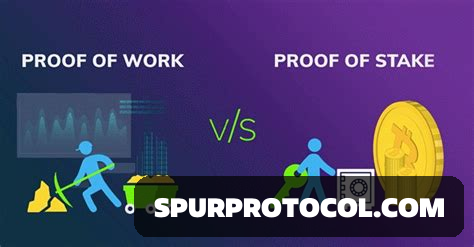Proof Of Work Versus Proof Of Stake
The blockchain employs consensus mechanisms to prevent ledger fraud, ensuring accurate transaction recording. The main types are Proof of Work (PoW) and Proof of Stake (PoS).
Go Back

🕒 8:46 AM
📅 May 22, 2025
✍️ By ethangeorge
Proof of Work Overview
Proof of Work is a consensus mechanism where miners use computational power to validate the transactions of a blockchain. Successfully validating said blockchain usually results in a reward of some kind: a good example would be bitcoin miners who are rewarded with bitcoins.
Rewards are only given out to the miner who first validated the blockchain, meaning the more miners there are, the harder it is to earn a reward. Cryptocurrencies such as Bitcoin, Litecoin and Ethereum 1.0 use Proof of Work.
Proof of Stake Overview
Proof of Stake is a consensus mechanism where token holders stake a portion of their tokens to get the chance to validate new transactions. More currency staked usually means a higher chance of getting chosen to be a validator. They can then validate the blockchain to be rewarded.
To combat fraud, others will be chosen at random to verify the work of the chosen miner. If no discrepancies are detected, everyone receives a reward. However, if the original validator’s results are disputed and it turns out they have committed fraud, their staked cryptocurrencies are taken away as punishment. Cryptocurrencies that use Proof of Stake include Ethereum 2.0, Avalanche, and others.
Benefit of Proof of Work
Proof of Work is an already proven method that has been used for decades. Additionally, due to how energy intensive Proof of Work can be, it is also extremely difficult for a potential attacker to control a sufficient percentage of the network where their fraudulent results can be falsely validated.
Benefit of Proof of Stake
Proof of Stake is, however, typically faster than Proof of Work since it is a lot easier for miners to validate a blockchain. Additionally, since Proof of Work’s high bar of entry means it would be nearly impossible to mine without detection from local authorities: in some regions, this is detrimental to miners.
